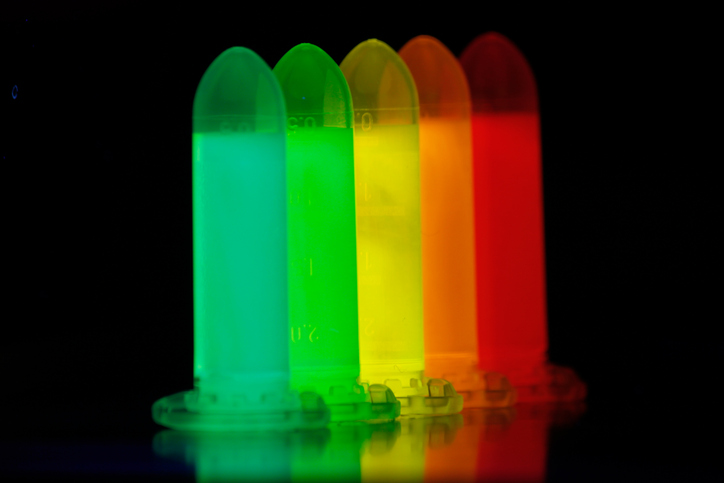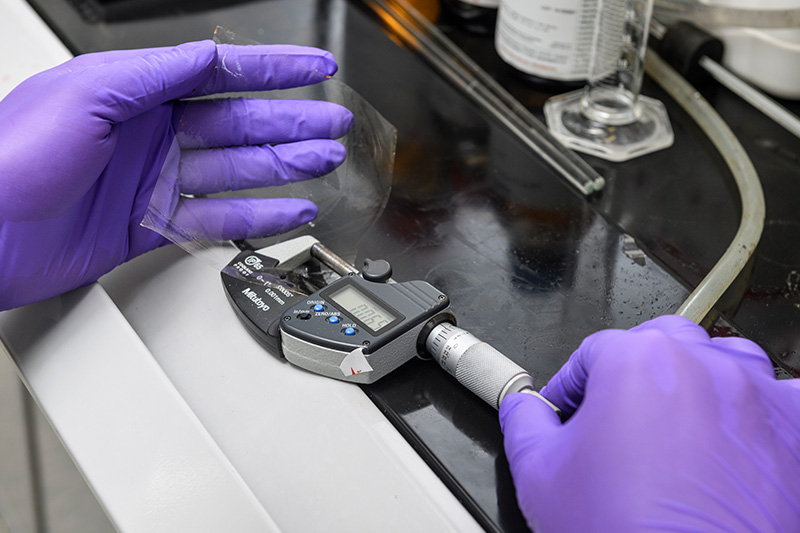By: Bruce Weinberg, The Ohio State University
 Science funding is intended to support the production of new knowledge and ideas that develop new technologies, improve medical treatments and strengthen the economy. The idea goes back to influential engineer Vannevar Bush, who headed the U.S. Office of Scientific Research and Development during World War II. And the evidence is that science funding does have these effects.
Science funding is intended to support the production of new knowledge and ideas that develop new technologies, improve medical treatments and strengthen the economy. The idea goes back to influential engineer Vannevar Bush, who headed the U.S. Office of Scientific Research and Development during World War II. And the evidence is that science funding does have these effects. 
But, at a practical level, science funding from all sources supports research projects, the people who work on them and the businesses that provide the equipment, materials and services used to carry them out. Given current proposed cuts to federal science funding – the Trump administration has, for instance, proposed a 20 percent reduction for the National Institutes of Health – it’s important to know what types of people and businesses are touched by sponsored research projects. This information provides a window into the likely effects of funding cuts.
Most existing research into the effects of science funding tries to quantify research artifacts, such as publications and patents, rather than tracking people. I’ve helped to start an emerging project called the UMETRICS initiative which takes a novel approach to thinking about innovation and science. At its core, UMETRICS views people as key to understanding science and innovation – people conduct research, people are the vectors by which ideas move around and, ultimately, people are one of the primary “products” of the research enterprise.
UMETRICS identifies people employed on scientific projects at universities and the purchases made to carry out those projects. It then tracks people to the businesses and universities that hire them, and purchases to the vendors from which they come. Since UMETRICS relies entirely on administrative data provided by member universities (now around 50), the U.S. Census Bureau and other naturally occurring data, there are no reporting errors, sample coverage concerns or burden for people. It covers essentially all federal research funding as well as some funding from private foundations.
(more…)
 Tiny crystals called quantum dots are used in LCD TVs to enhance color and image quality. A few years ago, scientists discovered a new type of crystal called nanoplatelets.
Tiny crystals called quantum dots are used in LCD TVs to enhance color and image quality. A few years ago, scientists discovered a new type of crystal called nanoplatelets.

 A team of scientists from Oak Ridge National Laboratory is using the precision of an electron beam to instantly adhere cathode coatings for lithium-ion batteries. This new development, as reported in the
A team of scientists from Oak Ridge National Laboratory is using the precision of an electron beam to instantly adhere cathode coatings for lithium-ion batteries. This new development, as reported in the  A team of researchers at the University of Manchester – where graphene was first discovered and won the Nobel Prize – created a graphene-oxide membrane for desalination. The newly developed sieve can turn seawater into drinking water, demonstrating graphene’s ability to filter common salts from water, leading to affordable desalination technology.
A team of researchers at the University of Manchester – where graphene was first discovered and won the Nobel Prize – created a graphene-oxide membrane for desalination. The newly developed sieve can turn seawater into drinking water, demonstrating graphene’s ability to filter common salts from water, leading to affordable desalination technology. Have you made your hotel reservations at the
Have you made your hotel reservations at the 
 Graphene could offer a new way to cool tiny chips in phones, computers, and other gadgets.
Graphene could offer a new way to cool tiny chips in phones, computers, and other gadgets. Science funding is intended to support the production of
Science funding is intended to support the production of 